The Meyer Optik Görlitz f/2.8 100mm Trioplan II has been brought back to market for the second time in the last few years. It’s a unique lens based on a vintage formula that’s known for crazy soap bubble bokeh, and has a bit of cult status and is loved (and loathed) in classic lens user circles. I’m quite intrigued by lenses like this, so was very pleased when OPC Optics, the new owners of the Meyer Optik Görlitz brand agreed to loan me one to review.
This is in fact the second time I’ve had a Meyer Optik Görlitz f/2.8 100mm Trioplan in my possession. The first one I had was an early m42 mount version that I bought about 8 years ago for £130. If you know anything about the world of photography with classic lenses, you’ll know that £130 would be very good money to pay for one of those lenses these days. The version I had sells on eBay for anything between £300 and £600.
Unfortunately for me, I bought and indeed sold mine at the wrong time. Those who know the backstory of 35mmc will know that before I set up this website I was having a bit of a photographer’s crisis. I’d bought a Sony NEX-5 and was mounting all sorts of weird and wonderful lenses to it but not really enjoying the process of actually taking photos. I was too interested in the character of the lens, and not what that character could actually do for my photography. More specifically in fact, I was too interested in bokeh, and not interested enough in the important in-focus part of my photo. The result of this was that I felt terminally unsatisfied with my photography.

I sold my 100mm Trioplan for a little-but-not-much more than what I paid for it not long after discovering I could have a lot more fun with point & shoot cameras. I set up this website and then turned my back on that part of my photography life for a few years. But losing out on the greater financial return I could have made had I kept the lens longer isn’t the reason I’m most disappointed in myself for selling the 100mm Trioplan – for a long time I’ve wished I had kept it to experience it as the photographer I am now.
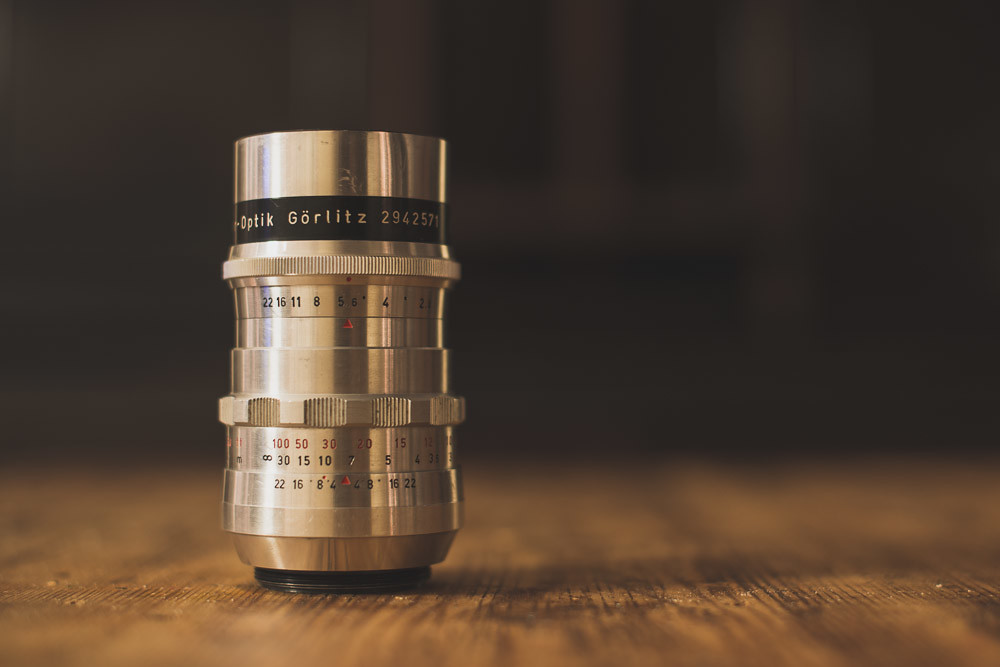
Since then, I’ve grown up as a photographer – a little bit at least. I first rebelled against the bokeh craze, then eventually – through my fascination with Sonnar lenses – have re-embraced what a bit of nice or interesting bokeh can bring to an image. I’ve also learned to appreciate the other character traits older lens formulas can bring to the table more. Lower contrast and softer rendering, attractively glowing transition zones and interesting bokeh characteristics I get from my various Sonnars now feel like a complete package from the in to the out-of-focus. In short, I’m not just interested in bokeh by itself, I like how it combines with other lens traits to create a complete picture.
I have talked a bit about this before in an article I wrote about the definition of a perfect lens. I’ve also since discussed some of this with someone I see as a bit of a master of bokeh-as-part-of-a-complete-picture, Sandy Phimester, in a recent interview I did with him.
It’s this that makes me regret selling my 100mm Trioplan. It’s a lens known for its soap-bubble bokeh, and that’s what I shot it for when I had it, but I’ve long wondered how I would find shooting one these days now I’m more interested in the bigger picture. This combined with the fact that I’ve been getting along well with telephoto lenses recently was enough to bring this lens back into my consciousness – especially as it’s almost the antithesis of the Pentax 77mm that I recently reviewed.
Scoring a test unit
With the 100mm Trioplan closer to mind, it felt a little more of a coincidence when I recently received a marketing email from OPC Optics – the company that now owns the Meyer Optik Görlitz brand – about their re-re-release of the Lidith 30mm. I’m quite interested in that lens too, but their email jolted me to return to their website to investigate the 100mm Trioplan II. After spotting that it was indeed available to buy, I dropped them an email to see if they might like to loan me one to try. Not long later I received an email confirming they were interested, and a couple of Pentax mount lenses were on there way to me.
OPC Optics
Now, before I get any further, I think it’s quite important to touch on the controversy around the Meyer Optik Görlitz brand. Or at least point out that the controversy that some might associate with the brand is nothing to do with the current owners/manufacturers of Meyer lenses.
OPC Optics bought the brand when the previous owners ‘net SE’ went bust. OPC are an optics manufacturer based in Germany who were previously making some of the optics for net SE. When net SE went bust, they acquired the brand and set about doing an apparently more honest job of returning these lenses to the marketplace. If you’re interested in the details of the controversy, I found a timeline of events here. There’s more detail and a few interesting links in this article on DPR too
I should also point out that I don’t know much about OPC Optics, but my dealings with them so far have been very positive. Certainly more positive than net SE who repeatedly ignored my efforts to communicate with them. In short, if you like what you see below, it would certainly seem you can now buy these lenses with confidence.
The Meyer 100mm Trioplan II
The version of the 100mm Trioplan that you can buy today is technically a ‘MKii’ – officially called the 100mm Trioplan II . When OPC took on the Meyer brand they redesigned the optics and housing. According to the marketing literature, this new version was designed to have increased contrast and resolution whilst better controlling the internal reflections. Of course, I never tried the previous version and in honesty, I can’t really remember all that much about the original apart from the crazy soap-bubble bokeh, so regardless of the reformulation of the optics, this was going to be a fairly new experience to me.
In use
Before I get into the optics, I want to talk about the mechanics of the 100mm Trioplan II. When they asked me which mount version I would like try, I immediately checked to see if they made them in Pentax K mount. If you follow this website, and particularly my recent antics, you’ll know I have been on a bit of a Pentax kick for around a year now. I also have a Leica M10 and a Pentax K -> M mount adapter. My thinking therefore was that if I borrowed a lens in Pentax K mount I could shoot it on the Pentax film cameras, but also shoot it on my M10 with the adapter in live view with the visoflex finder.
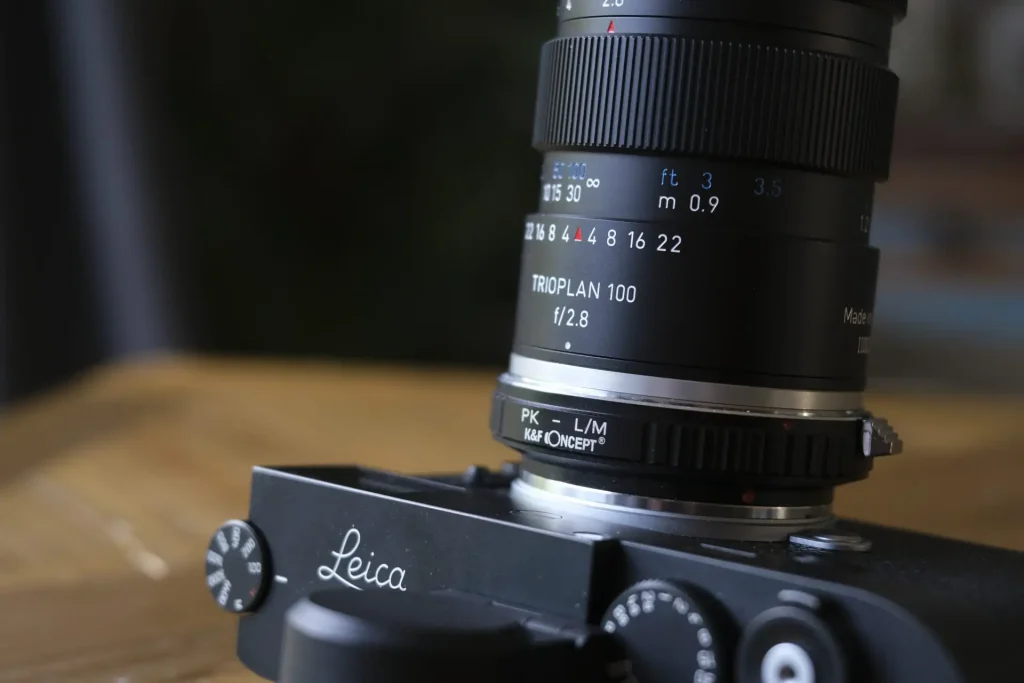
What I had failed to realise (or at least didn’t think about at the time) was that these modern versions of the 100mm Trioplan II don’t in any way communicate with the camera body, regardless of the mount. The mounts are perfectly machined to fit the cameras they are designed to, but beyond that, they are completely dumb. The result of this is that the aperture control is in no way linked to the camera, and as such they are more ideally mounted to live view digital cameras. Of course, there’s no reason the 100mm Trioplan can’t be shot on an SLR – the process of doing so is just a little more complicated.
As an example, for the purpose of testing the 100mm Trioplan with film, I shot it on my Pentax ME super. The ME super’s rudimentary auto-exposure system makes for a pretty good match with lenses that don’t communicate with the camera. In fact, also been using it with my 58mm f/2 Takumar, so I’m used to the process. With the lens mounted, focusing is achieved with the iris wide open. Once focused, you then stop down to your chosen aperture, check you’re happy with the shutter speed the camera has chosen, then shoot.
The advantage of the old Tak is that it is a “proper” preset manual stop down lens. As such, with those lenses you can preset your aperture, focus, then – without moving the camera from your eye – you can manually stop down to the preset stop. That’s not a feature this new 100mm Trioplan has, mostly because – as I say – it’s designed for mirrorless cameras. It also doesn’t have a clicked aperture control, so you can’t even count the stops.
The only way I found I could see how much I had stopped down without moving the camera from my eye was by counting the stop change in the shutter speed readout inside the viewfinder. Though really, that is an advantage the ME super brings to the table. In many cases, with many cameras, you’d have to take the camera away from your eye, stop down to the aperture you want to shoot, and then shoot.
I’ve over-explained this a little now, mostly for the benefit of my larger film-shooting readership. The point I want to make is that the 100mm Trioplan II is really a digital camera lens. Or at least, it’s been designed with a certain type of digital photography in mind. That said, really, the only issue film photographers will suffer is that extra second you need just to look at the lens between focusing and shooting. Which I honestly didn’t find to be a huge deal in practice – and possibly something some film photographers would be used to anyway.
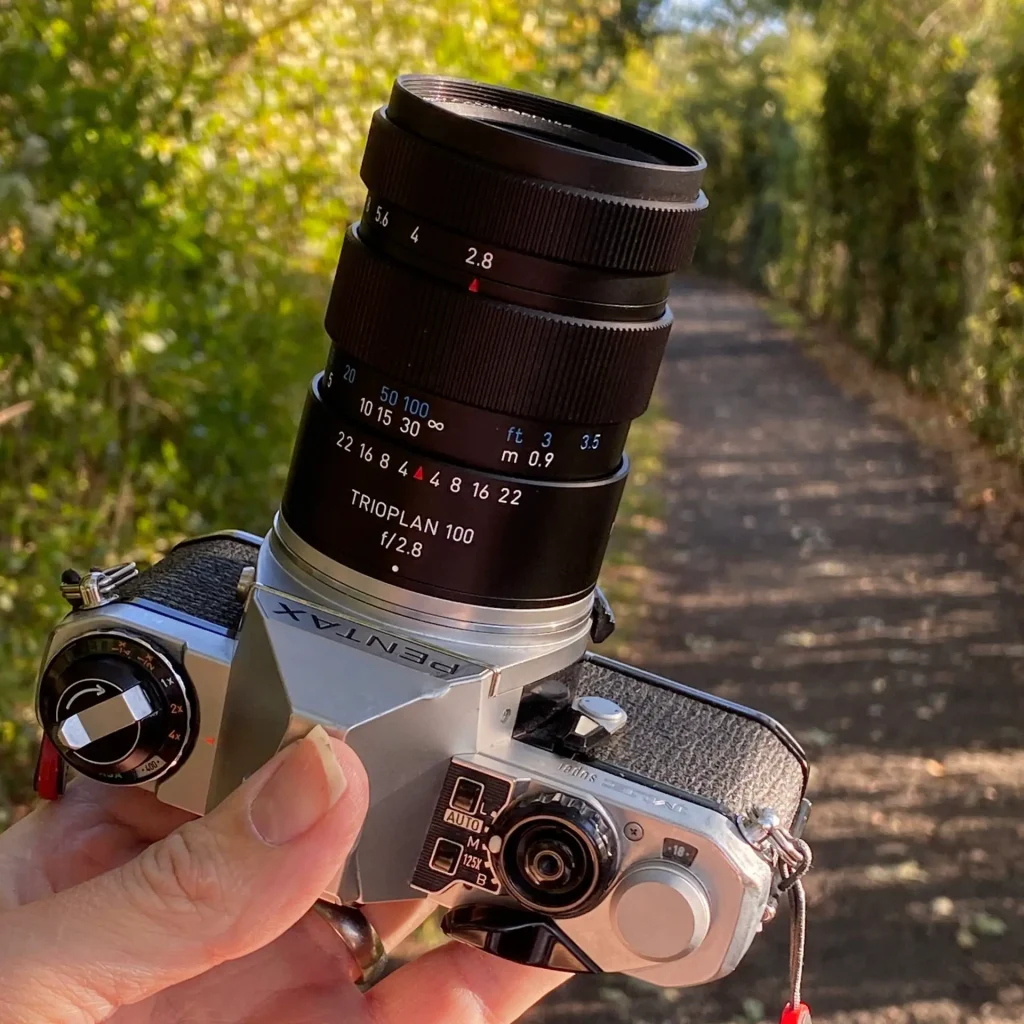
Mechanical feel
All that out of the way, you might be also interested to know how it feels in the hand in use? The focus and un-clicked aperture control are both well damped with just a hint of the feel of the metal surfaces moving against each other internally. That is to say, they don’t have the perfect silky-smoothness of a bigger-brand (read Leica) manual focus lens. But, whilst this is the case, there is no sense that they lack in mechanical quality.
I actually mentioned this to my contact at OPC Optics and he explained that this is something they have improved upon. His assumption was that the lens I have must be an earlier run copy, and they are now smother, and do in fact get even smoother still in use. Regardless, there is a weight and solidity to them that gives a high quality feel that’s obvious as soon as you take it out of the fancy box it comes in. Simply put, there is nothing here that feels cheap or poorly made here – quite the opposite in fact!
Optics
I must admit, I wasn’t really expecting what I found when I started shooting the 100mm Trioplan II. I expected to find the bubble bokeh, but beyond that – despite the simple optical 3 element optical design – I expected much more modern rendering when shot wide open. In reality, that’s not the case at all.
Shot wide open, the 100mm Trioplan is fairly wild. Contrast is so low that your subject glows. If you get focus spot on you can just about see detail resolved through the haze of low contrast, but even if you zoom right in to 100% on the screen, it’s often quite hard to determine where the plane of focus actually is.
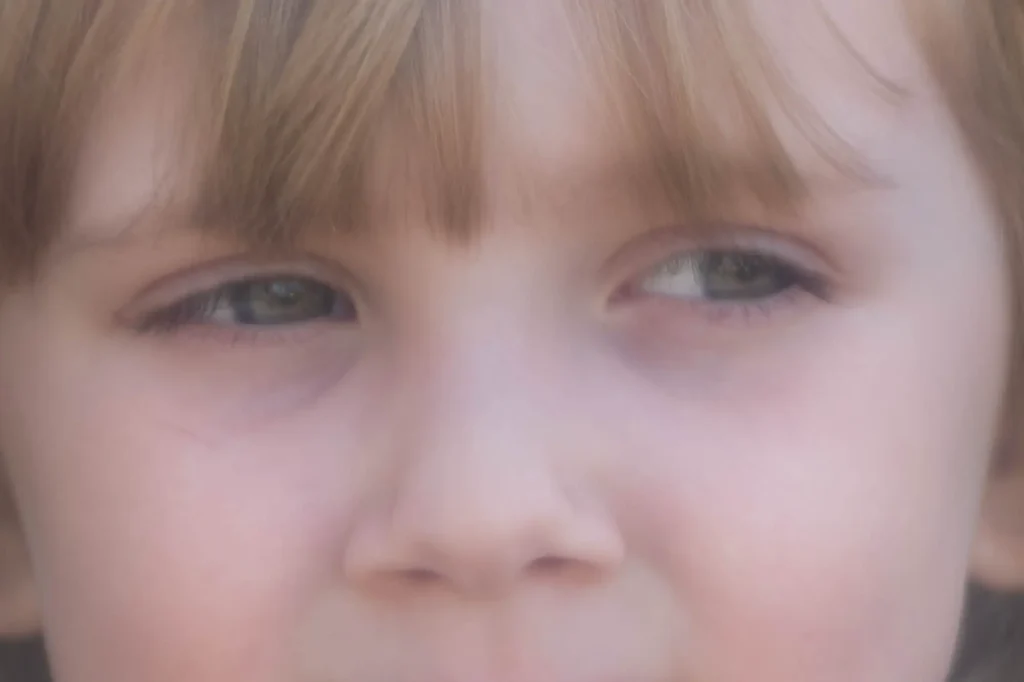
This of course makes focusing the 100mm Trioplan II a little tricky. Focus peaking just wasn’t triggered at all on my Leica M10-P so I had to rely almost entirely on zooming to focus, which can make shooting quite slow.
For all that this sounds like bad news, actually it really isn’t. The first shot I took with the 100mm Trioplan II had me hooked. It was the photo below of Norah hanging out of the car window – as soon as I saw it on the back of the camera I knew I was going to enjoy shooting this lens. The gently-rendered in-focus and overall lower contrast was the first thing that I spotted, but looking closer at the image – especially on a bigger screen later that day – I was also really pleased with the way the transition zones rendered. What’s in-focus really melts away to out-of-focus and the bokeh was a lot less wiry than I thought it might be.


For the sake of comparison, here you can see a straight out of camera shot vs my post processed version
Some lenses that display bubble bokeh can have what seems to me to be quite distracting bokeh rendering. But as I looked through images I took on that day – even ones with foliage in the background – I didn’t find myself too put off by the look of the out-of-focus backgrounds. Bubbly and noticeable, but not too unattractive. Your mileage may vary.


I’ve added a good bit of contrast and clarity to emphasise the bubble bokeh here
The bubbles also calm right down even just stopping down to f/4 too.


These two images were taken on the Pentax Me Super with Portra 400 wide open and at f/4
I’ve also found that be boosting the contrast in post, you still get many of the characteristics of how the lens renders wide open – such as that glowy look – but with the added contrast.


Here you can still see the glow around the lettering despite my tweaks to the overall contrast
Modern coating advantages
That’s not the only way to get contrast out of the 100mm Trioplan II though. Whilst the lens is so low contrast wide open, stop down even just a stop and the contrast and sharpness takes a leap upwards. That’s not to say that results look modern – there is still a gentleness to the sharpness even stopped down to f/8. But, the coatings and modern glass just bring a bit more pop to the images than you’d likely find from even a very good condition vintage version of this lens.
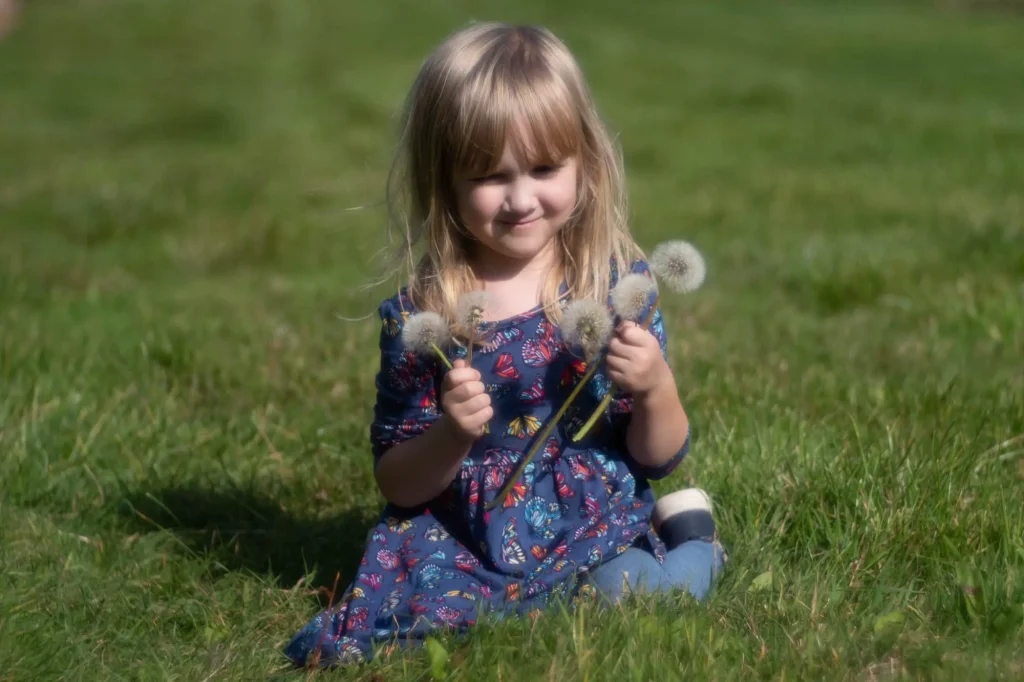

Both images straight out of camera f/2.8 vs. f/8
Other character traits
I’m sure I could spend a lot of time picking apart all the things this lens does objectively “right” and “wrong”, but somehow with a lens that has such strong character traits, some of the minor “issues” seem a little irrelevant. It is for example softer toward the edges of the frame at most apertures – no surprise there. What did surprise me was that it doesn’t seem to vignette all that much, nor does it exhibit much distortion or indeed much in the way of chromatic aberrations. Though, as I say, under close scrutiny, I’m sure many would find lots of other ways that it falls short of modern lenses. Lots of ways that will make no difference at all to the sort of person who would choose to buy a lens like this…

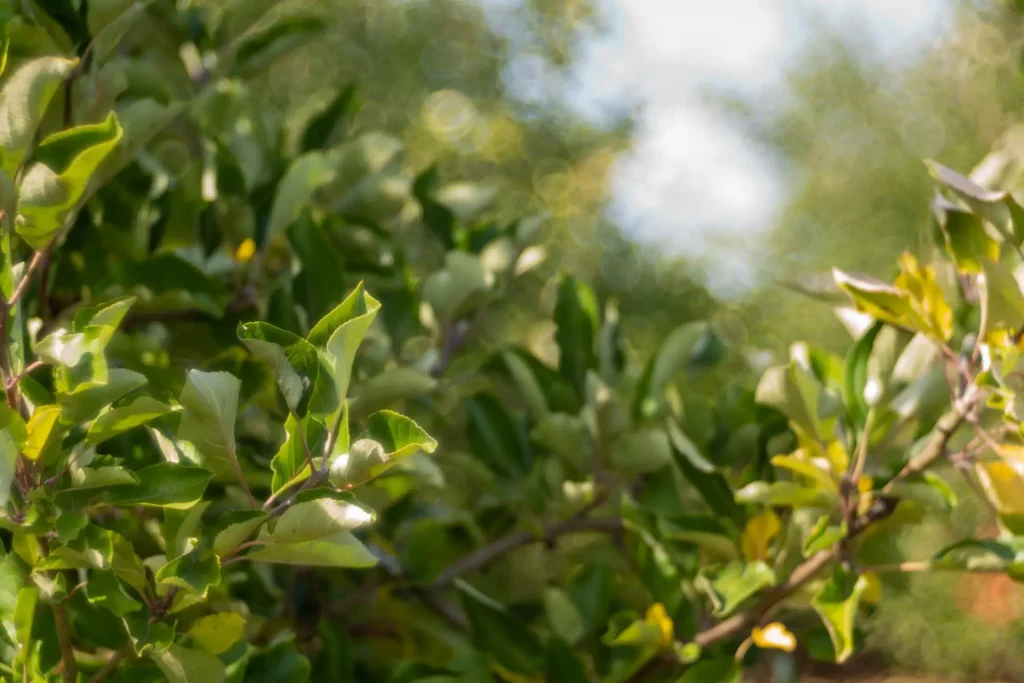
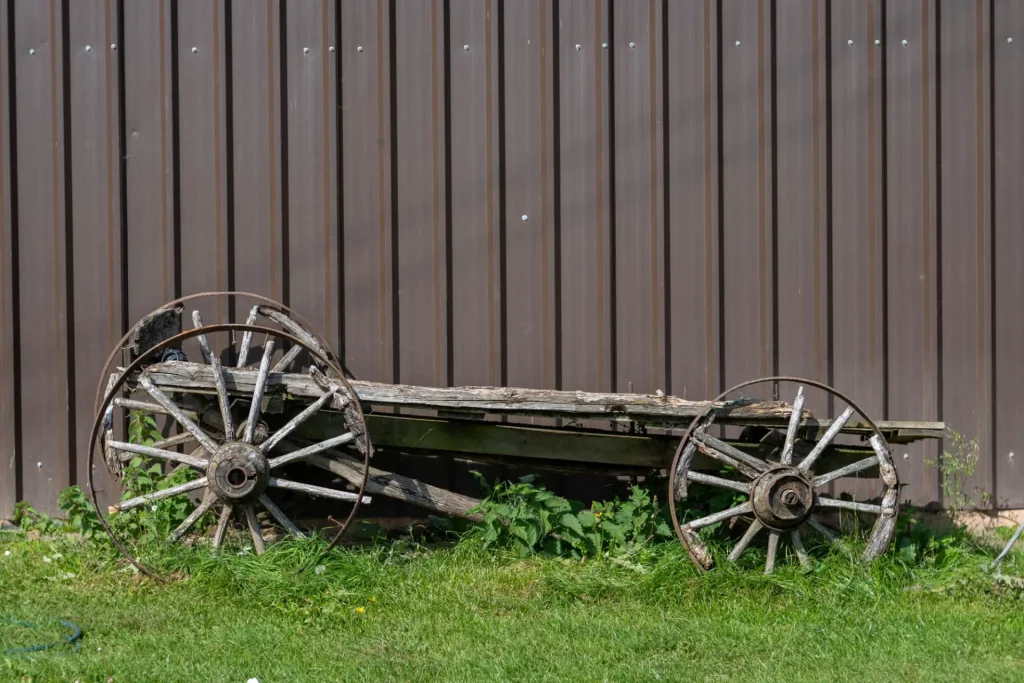
Buying the modern 100mm Trioplan II?
The experience of shooting the 100mm Trioplan II reminded me of how I felt shooting the Lomography Zenit Jupiter-3. I love vintage lenses for the weird and wonderful aberrations that are caused by the older optical formulas. I also love the sense that every vintage lens is different. Every combination of damaged coating, scratches, dust, fungus and haze can almost be thought to give every vintage lens unique character traits. It’s what makes trying so many of them fascinating.
But buying a modern incarnation of a vintage lens comes with a different sense of satisfaction. Shooting those first images of Norah gave me a sense of what the optics in this lens were doing. There’s no haze or scratches or any other nasties in this glass. It’s a new lens, so the optics are perfect, and therefore it’s only the optics that are creating the look of the results.
The sense that the image is created purely by the optical formula is satisfying to me. The image I’m getting is one that was designed into this lens. And as such, more importantly than anything as intangible as my personal satisfaction, it means that what I saw on the back of the camera when I took those first photos was going to be repeatable with this individual lens and for anyone else who buys a copy.
Price and value
One thing I have yet to mention in this review is the price of the 100mm Trioplan II. In fact, I quite often don’t mention the price of new products on this website – especially the expensive ones. The fact is, someone who really desires a camera or lens that will work or create images in a certain way will pay whatever they see fit. We are all different, all have different levels of disposable income and are all entitled to spend what we want on the things we want. That said, the current €973.82 price tag here will put this lens into the category of being something that only those with a dedication to creating the sorts of images it creates will buy. It also puts it a good few £100 above what you might expect for a vintage version of this lens.
There is nothing wrong with that in my opinion though. For a start, these lenses are low production run items – there is always a premium to pay for such products. For someone who wants a perfect copy of this lens, this new 100mm Trioplan II offers that. No chance of dust, fungus, haze or any other nasties, and the satisfaction of owning a lens that can be trusted to offer repeatable results for the foreseeable future.

Of course, because of the price, and because, well, it’s a little bit crazy, the 100mm Trioplan II will have its detractors. Not everyone appreciates the economics of low volume production of high quality kit. There are many out there who will say that this lens is needless when similar results can be had from vintage lenses for less cash. There will also be those who just don’t get the need or desire for objectively “lower quality” results. For much less money, you could buy any number of much “higher quality” lenses that would communicate with the camera, and even have autofocus. There are also those who comment that lenses like these are gimmicks. Detractors of lenses like these often comment that iconic photos have never been and never will be taken with lenses like this. It’s a hard point to argue with too – not least because it’s largely true.
To my mind though, that’s just not the point. I understand the perspective, but it’s a bit like measuring a combine harvester by the merit of its abilities in a Formula One race. As I’ve talked about on this website before, there is no perfect lens. The best lens is simply one that’s right for the task at hand. And whilst it’s fair to say that iconic images are rarely if ever taken with lenses that have a strong character, it’s also fair to say that lenses with a strong character can and are harnessed to create beautiful and aesthetically pleasing images all the time.
As such, there most certainly will be people out there who will buy the 100mm Trioplan II and harness the strong character traits to great effect. And so, to the right photographer this lens would offer great value at twice the price I’m sure. That’s just part of the wonder of the vast range of possibilities photography brings to the table as a pastime.
More Pictures
These were taken on the Leica M10-P

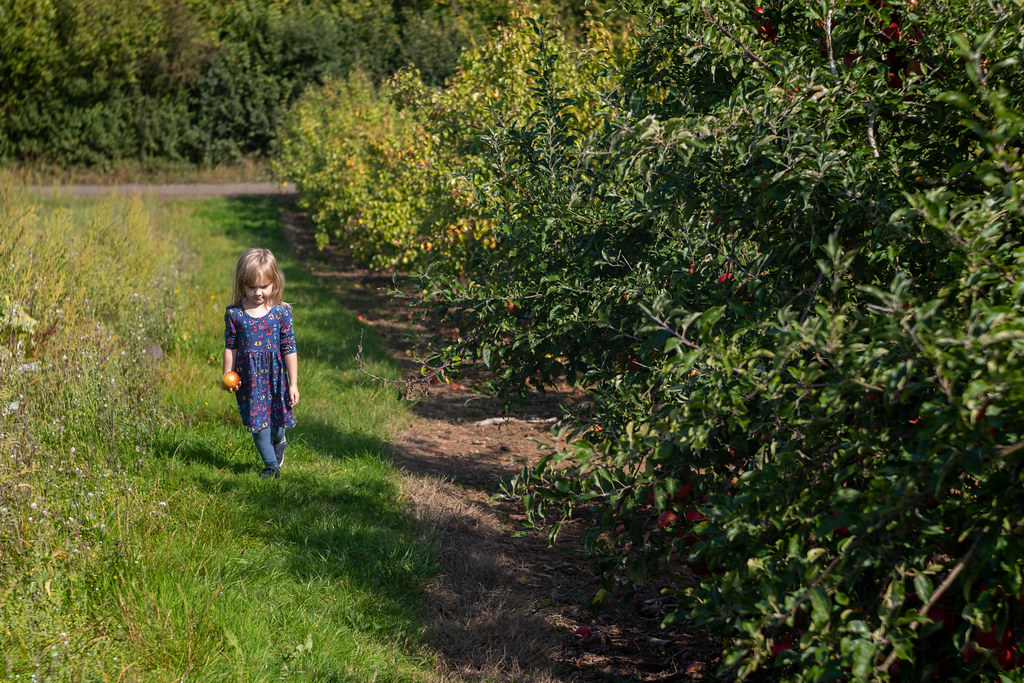
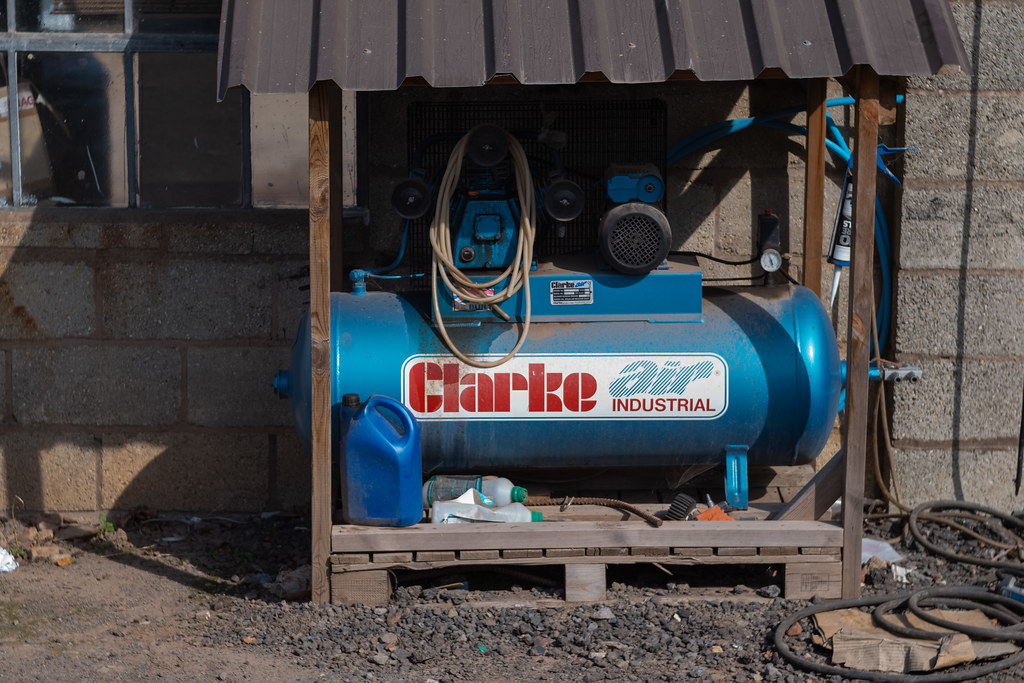
A night shot of nothing, just because…
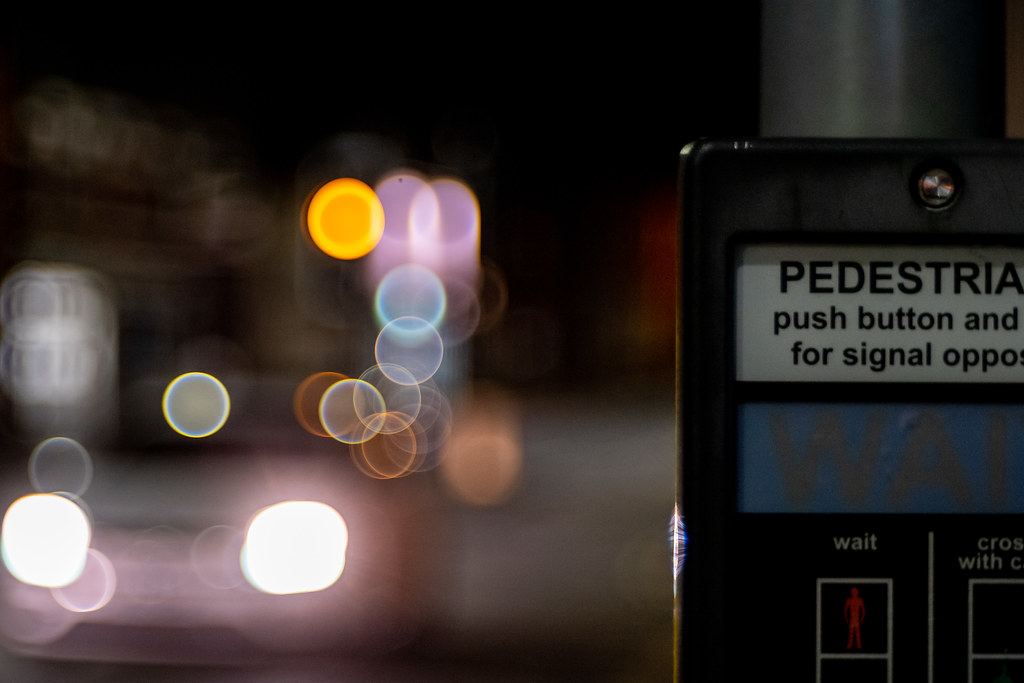
And these with the lens mounted on the ME Super
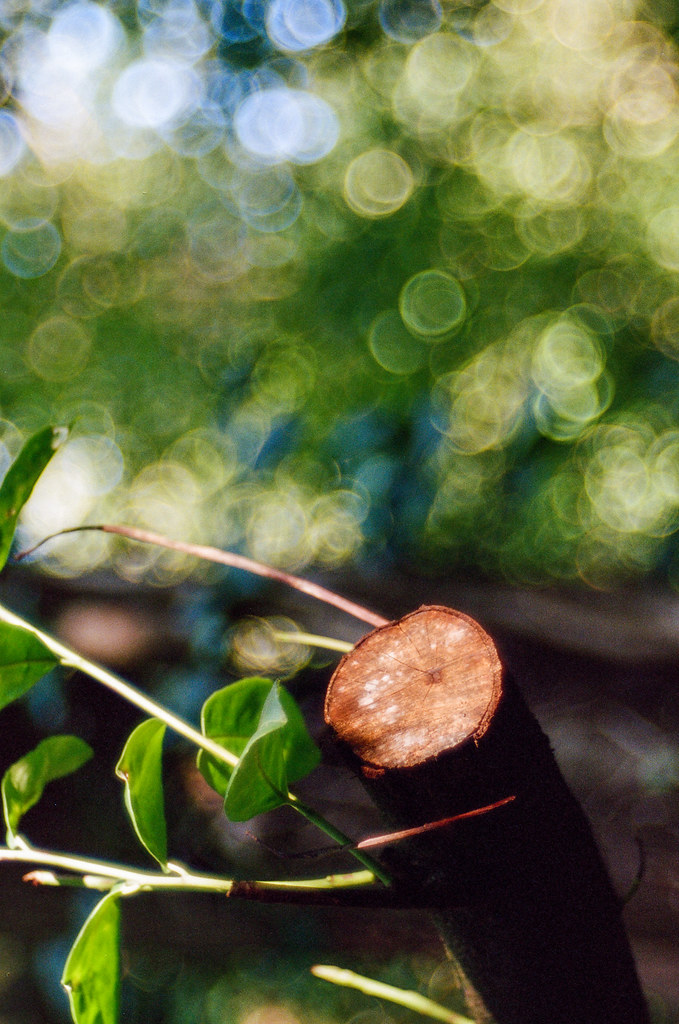
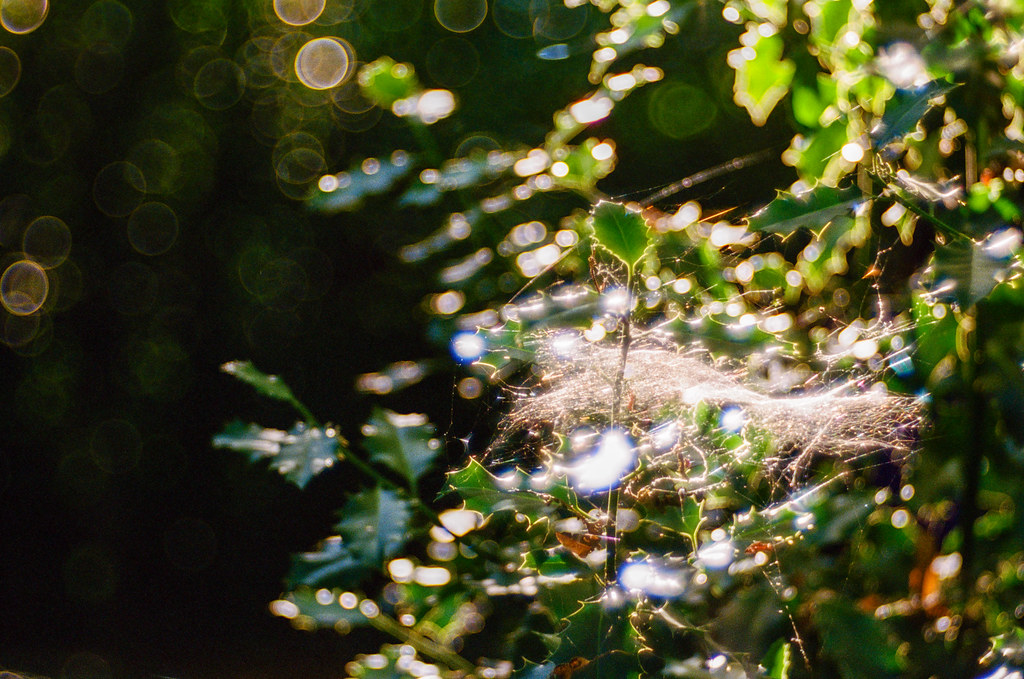
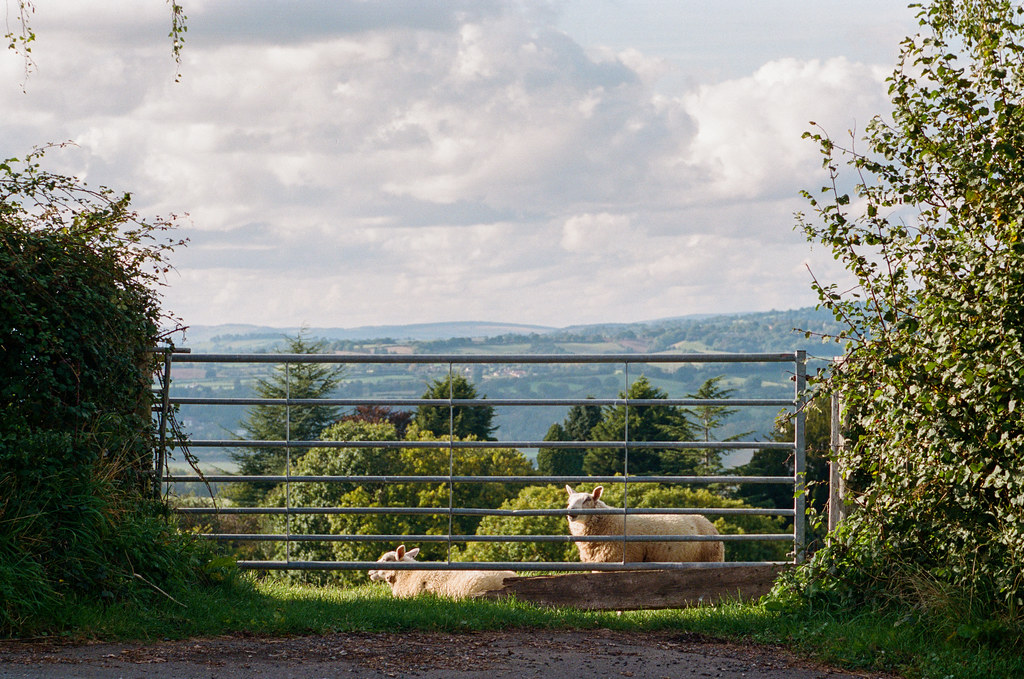
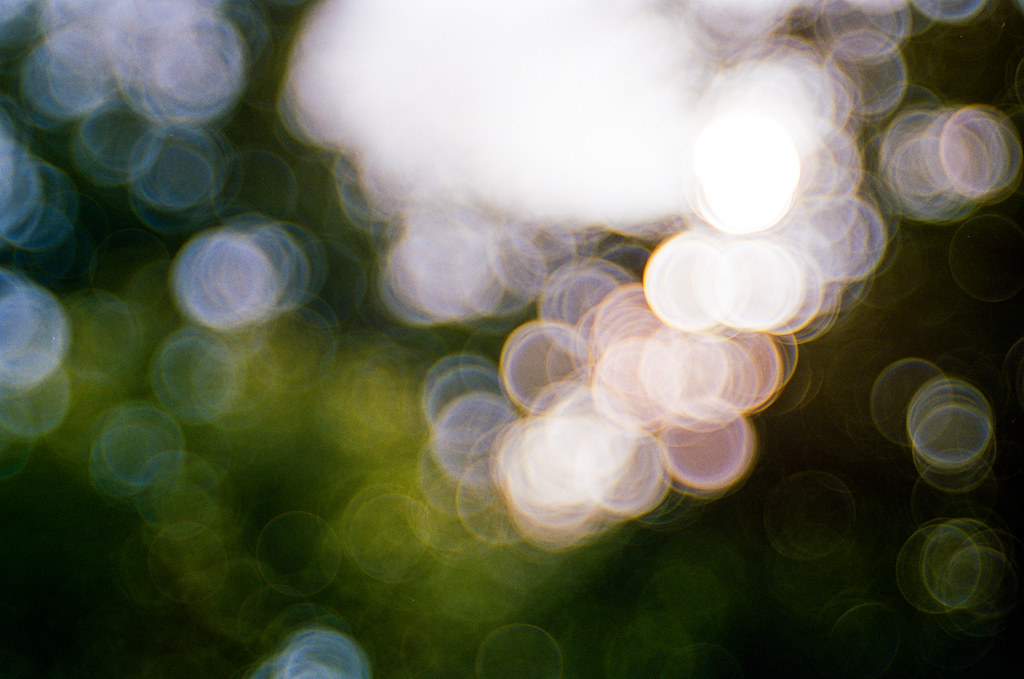
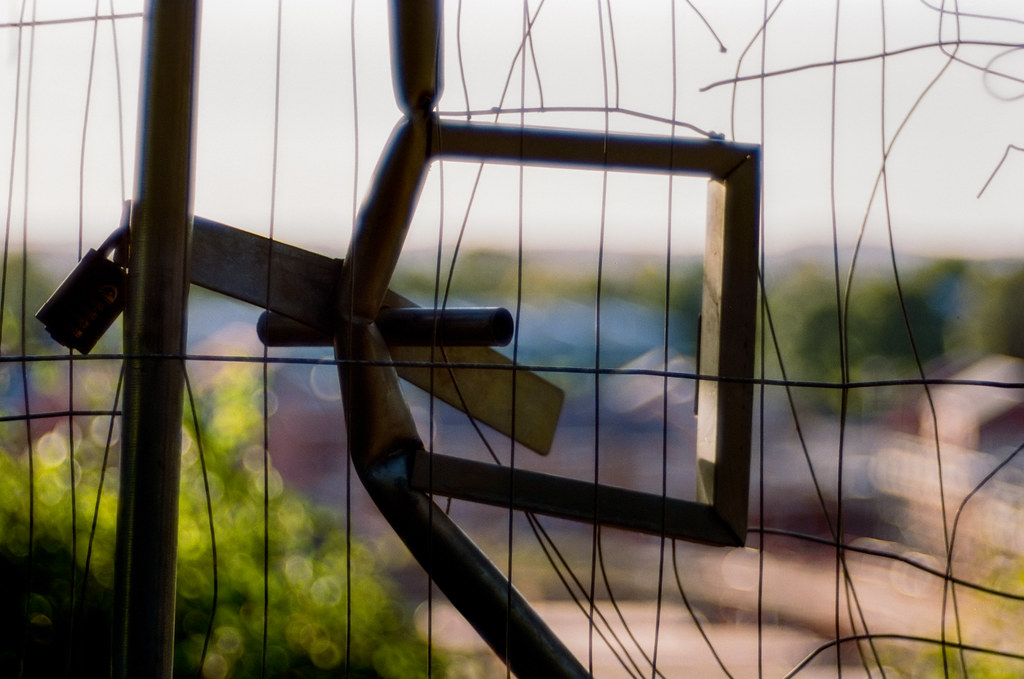
Final thoughts
I’ve ended up writing a fair bit more than I thought I might about this lens. Once in a while I pick up a piece of kit that inspires me to get on my high horse a bit. Those last few paragraphs are evidence of that happening here.
There’s no denying that this lens isn’t cheap. For the money, it’s also a very simple bit of kit that doesn’t even go as far as to communicate chosen aperture with the camera body, never mind automatically stopping the lens down for you.
The copy of the 100mm Trioplan II doesn’t feel as much of a luxury product as it feels industrial in the quality of its build. But that’s ok with me. If I were to buy this lens, I would be buying it as an alternative to a vintage lens, and to that end I would be pleased with the fact that it feels solid, well made and that it would last forever. And as I have said, my contact at OPC tells me they have made them feel even more smooth in use anyway.
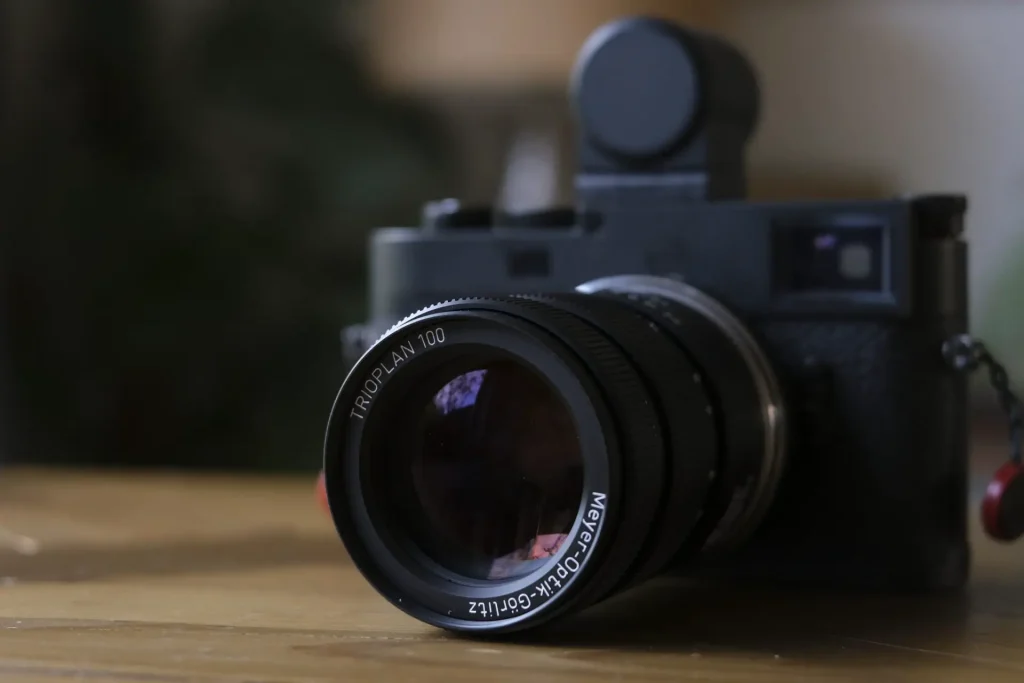
I also am really pleased with some of the images I have taken, and I’m very impressed with the how character of the 100mm Trioplan II has translated into my images. It’s been really good to discover what a lens like this can do now I’ve got to the stage in my photography that I can see past just the bubbles and appreciate the character of the lens as a whole. Though, I must admit, the shots I’ve got that I like are the product of fluke and not skill. I’ve not had it long enough to master it – not by a long shot.
And that’s really what a lens like this needs, and indeed will find in some of the people who stump up the cash for it. Lenses like this need photographer who have the sort of vision required to harness the strong character traits and spend the time learning how to do so. I’m not one of those photographers. I like to dabble in the sorts of photography that can be achieved with lenses like this once in a while. And for the most part, my preference remains with Sonnar lenses when I do.
But there are photographers out there who will get a great deal of enjoyment out of what this lens does, and there’s a few of them who will put it to wonderful effect.
Ultimately, I’ve really enjoyed the time I’ve spent with the Meyer Optik Görlitz f/2.8 100mm Trioplan II too. It does what it does wonderfully, and I’m really pleased OPC Optics have stepped up to save the brand and these lenses. It’s also really good to see that they’ve also just released the 50mm Trioplan alongside the 30mm Lidyth and this 100mm Trioplan II. Fingers crossed, they’ll manage to bring the Primoplans listed on their site back too – those lenses should be even more nuts!
The 100mm Trioplan II is available here – the rest of the range can be seen here.
Share this post:
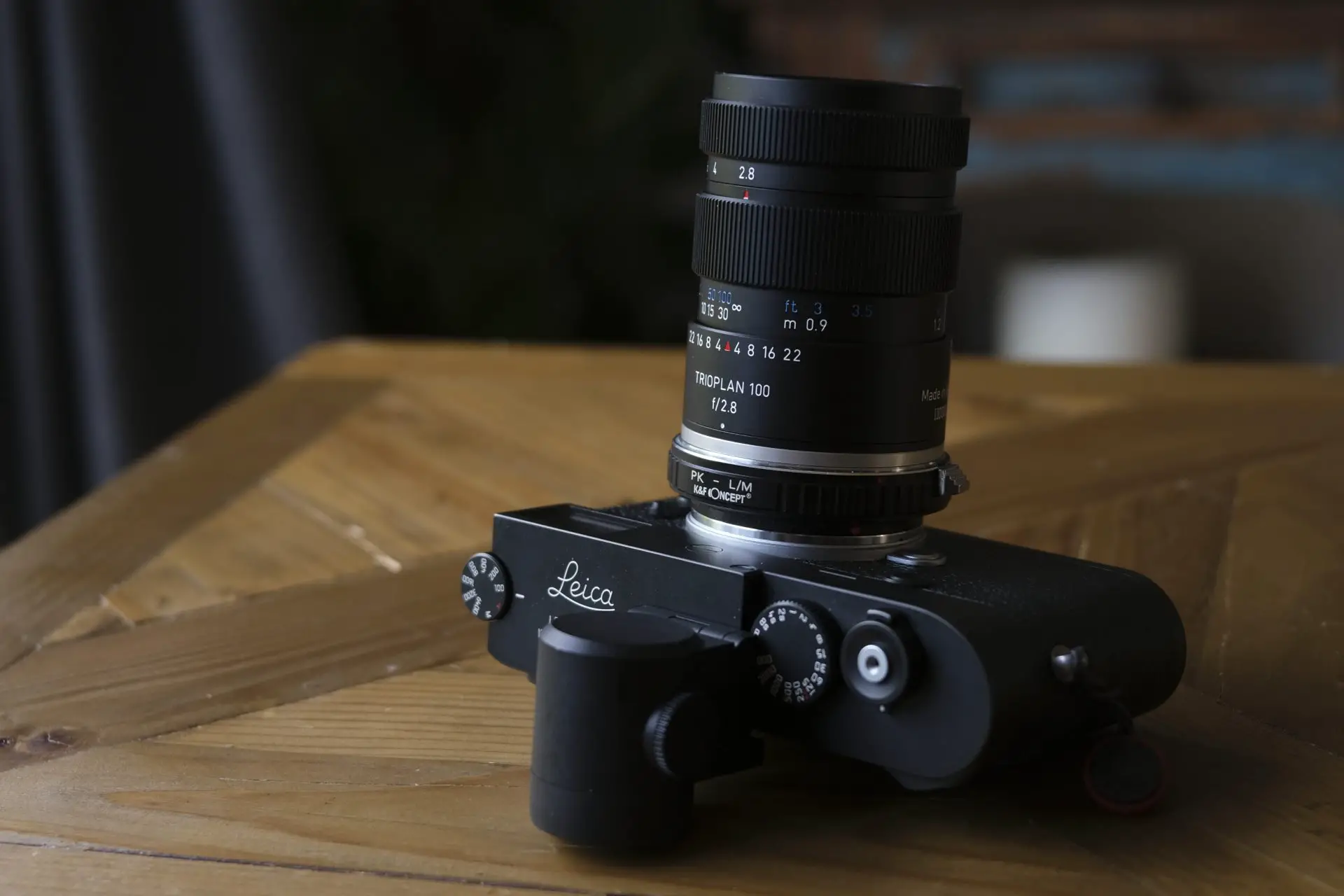








Comments
Paul on Meyer Optik Görlitz f/2.8 100mm Trioplan II (The New Version) Review
Comment posted: 12/11/2020
Comment posted: 12/11/2020
Aloy Anderson on Meyer Optik Görlitz f/2.8 100mm Trioplan II (The New Version) Review
Comment posted: 15/11/2020
Comment posted: 15/11/2020